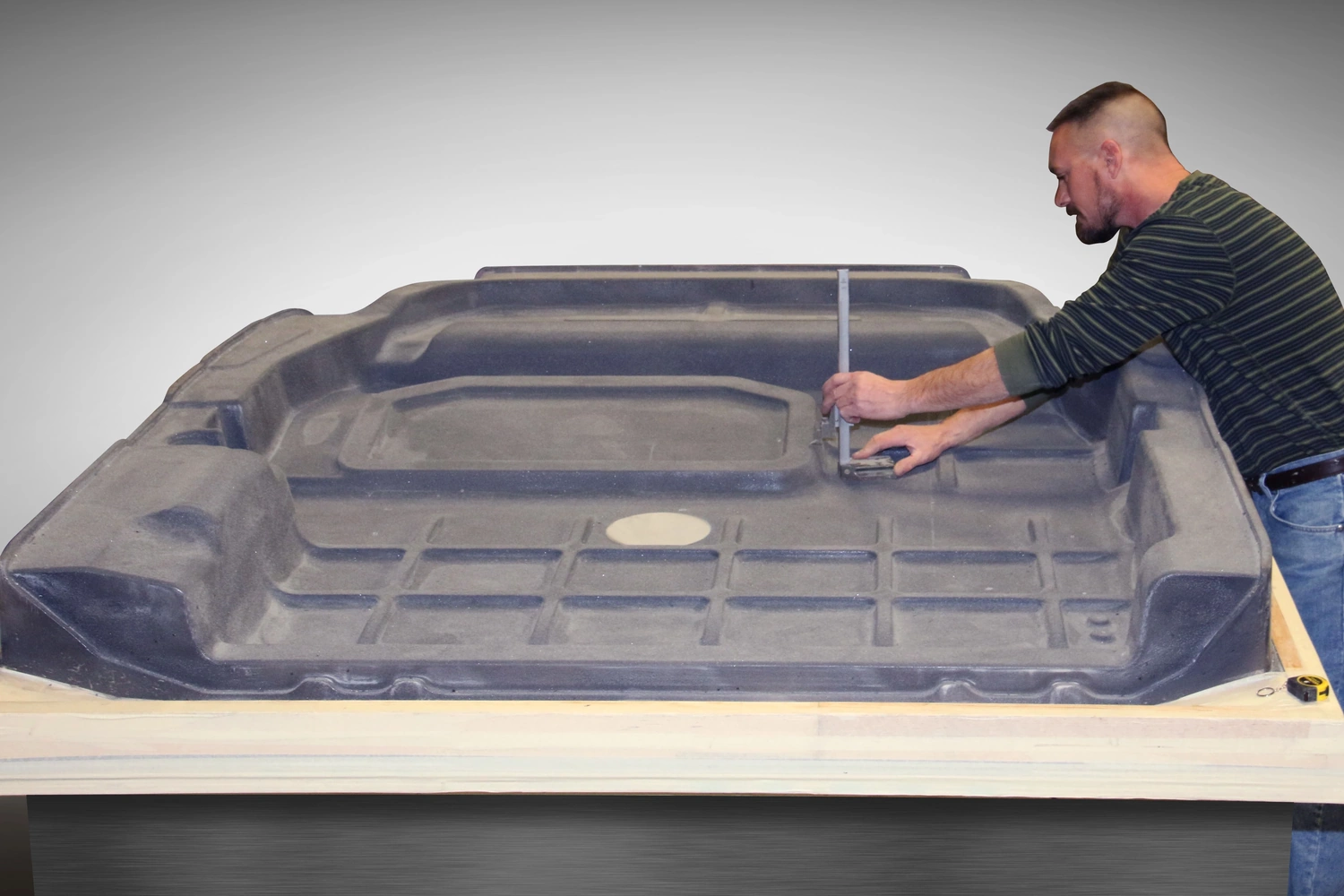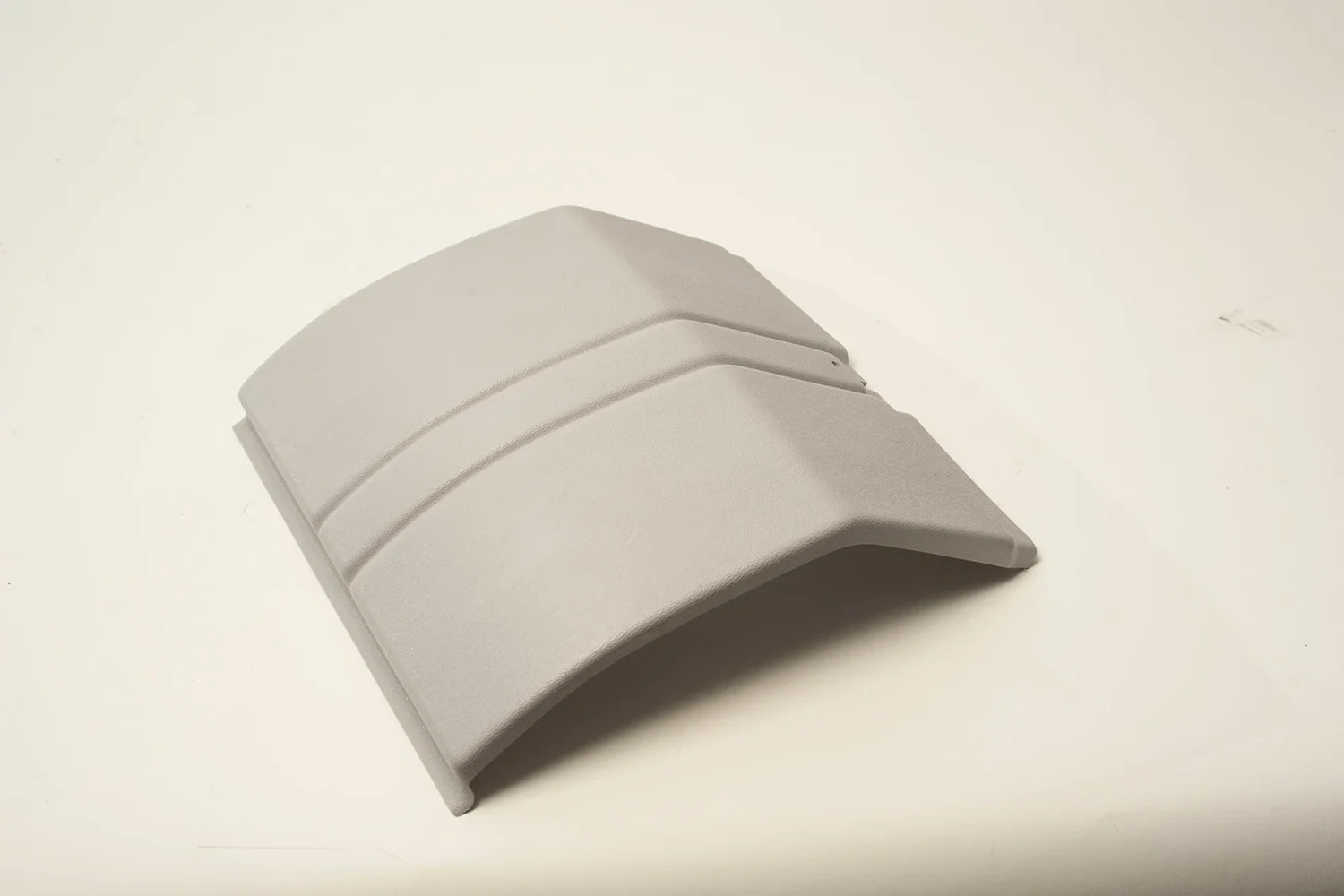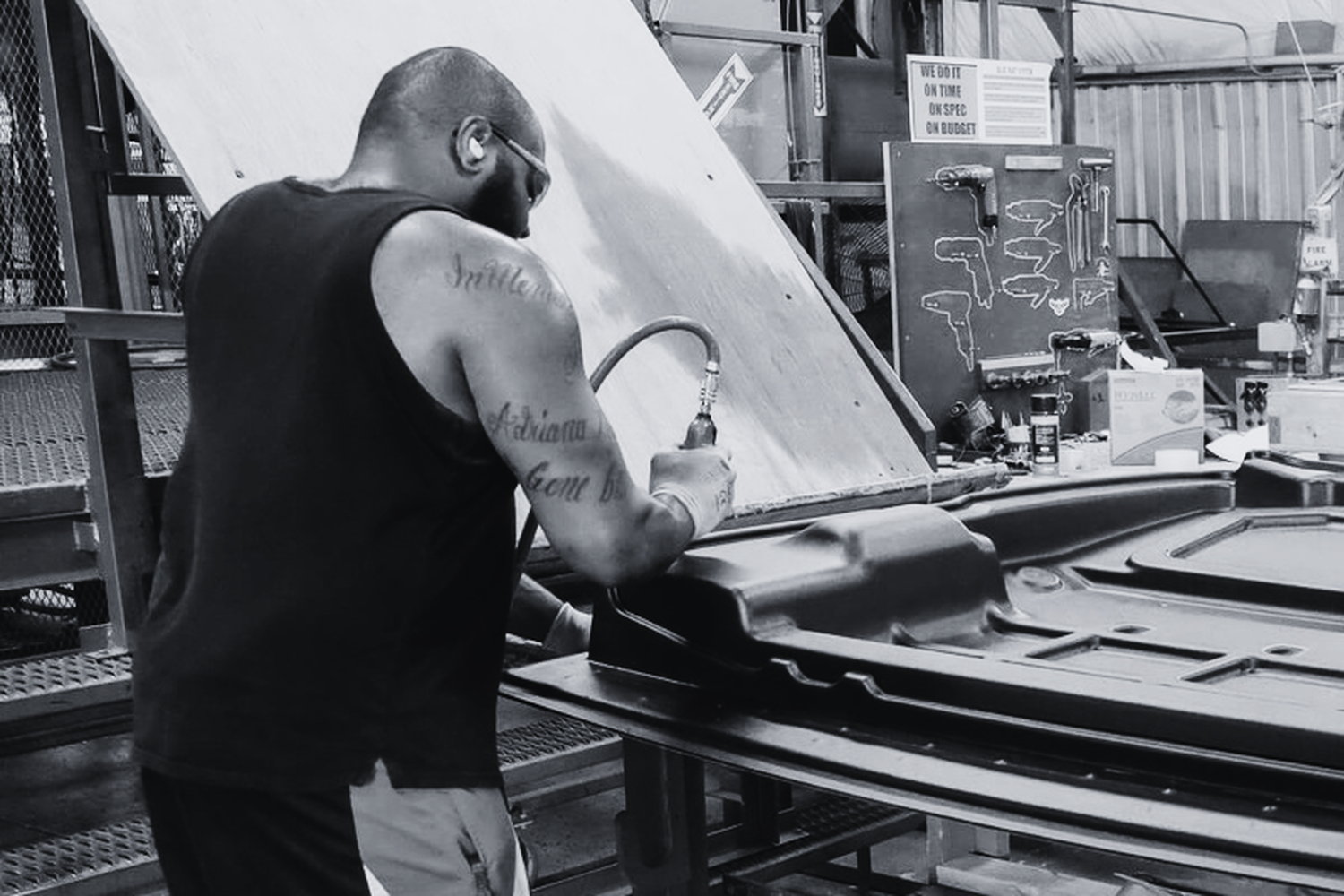Replacing Metal Parts with Thermoformed Plastics: Cost Analysis and Performance Benefits
The debate between metal and plastic has been ongoing since the beginning of modern plastics fabrication. With rising commodity prices and supply chain challenges, manufacturers are increasingly investigating ways to remove cost and add value for their customers. Thermoforming offers compelling advantages, making it an effective alternative to traditional metal-forming processes for many applications.
Understanding the Processes
Metal Fabrication
Sheet metal fabrication primarily uses steel, aluminum, tin, and similar materials with sheet thicknesses typically between 0.006 and 0.250 inches. While simple designs with single-directional bends are relatively low-cost, the complexity increases significantly as parts require additional steps like cutting, bending, and stretching to meet design specifications.
More complex designs may require multi-part assembly through welding, bonding, riveting, fastening, or crimped seams.
Thermoforming
Thermoforming involves heating a plastic sheet until it becomes pliable, then shaping it using vacuum, pressure, or a combination of both. For applications traditionally served by sheet metal, "heavy gauge" thermoforming (using materials between 0.060 and 0.500 inches thick) is most relevant.
Comparative Cost Analysis
Tooling Investment
One of the most significant cost advantages of thermoforming over metal stamping is in tooling. Thermoforming typically requires a single-sided mold, while metal stamping requires two-cavity press or die tools. This fundamental difference reduces lead time with thermoforming tools completed in six weeks or less compared to 12-16 weeks for metal stamping tools.
Capital investment savings are substantial, with thermoforming tooling costs often 50-70% lower than comparable metal tooling. The design flexibility allows modifications to thermoforming tools to be made quickly and at a lower price.
Production Volume Considerations
The cost-effectiveness of each process depends heavily on production volume. For low to medium volumes (under 3,000-5,000 units), thermoforming generally provides lower aggregate costs due to reduced tooling investment, despite higher per-part costs.
Metal stamping becomes more economical at high volumes as tooling costs are amortized over larger quantities and per-part costs decrease.
Material Costs
While raw plastic materials may cost more than some metals per pound, the finished part economics often favors plastics. Thermoformed plastic parts typically weigh 15-50% less than metal equivalents, requiring fewer secondary operations.
Thermoforming can consolidate multiple metal parts into one component, and color and texture can be molded directly into the part, eliminating painting and finishing costs.
Performance Benefits
.jpg?width=400&height=300&name=2015-08-27%2010.23.48%20(1).jpg) Weight Reduction
Weight Reduction
Weight savings represent one of the most compelling advantages of converting from metal to plastic, particularly for transportation applications. In municipal transportation buses, a reduction of 800 pounds results in 2-3% fuel savings.
Weight reduction directly translates to extended range and improved performance for electric vehicles. Lighter parts also reduce labor costs and improve safety during assembly and installation.
Durability and Impact Resistance
While metals offer high strength and stiffness, properly designed thermoformed parts can meet or exceed performance requirements. Thermoformed plastics can deflect impact through flexibility rather than deformation, eliminating rust and oxidation concerns.
The thermoforming process allows for variable wall thickness in critical structural areas to improve strength where it is needed most.
Environmental Conditions
Thermoformed parts often outperform metal in challenging environments. Many thermoplastics resist chemicals, cleaning agents, and environmental contaminants better than metals. Plastic parts reduce heat/cooling time for vehicle interiors, improving operator comfort. Testing shows a reduction of more than 3dB of noise harshness in vehicle cab areas when using plastic panels instead of metal.
Design Flexibility
Thermoforming enables design features that would be difficult or costly to achieve with metal. The process easily forms curved surfaces and organic shapes while incorporating mounting points, channels, and structural features in a single part. Logos and graphics can be molded directly into the part, creating high-end, stylized appearances without expensive finishing processes.
Conversion Process
Converting from metal to thermoformed plastic requires careful consideration. The process begins with material selection based on application requirements, followed by part design optimization for thermoforming's unique capabilities. Prototyping allows testing of functionality, appearance, and performance before full production. The final step involves developing production tooling based on volume requirements and part complexity. Working with an experienced thermoforming partner streamlines this process, ensuring efficient conversion without compromising performance.
Industry Applications
 The transition from metal to thermoformed plastic has proven successful across numerous industries. In transportation, vehicle interior panels, bumpers, fenders, and body components benefit from weight reduction and improved aesthetics.
The transition from metal to thermoformed plastic has proven successful across numerous industries. In transportation, vehicle interior panels, bumpers, fenders, and body components benefit from weight reduction and improved aesthetics.
Agricultural equipment manufacturers use thermoformed plastic for tractor components, equipment housings, and panels.
Specialty vehicles, medical equipment, and industrial machinery all leverage thermoformed components for cost and performance advantages.
The decision to replace metal parts with thermoformed plastic involves analyzing various factors, including production volume, part size, performance requirements, and budget constraints. While not suitable for every application, thermoforming offers compelling cost savings, weight reduction, design flexibility, and performance enhancements for many components traditionally made from metal.
As materials science advances and market pressures drive the need for cost efficiency, the advantages of thermoforming make it an increasingly attractive alternative to traditional metal fabrication processes.
By carefully evaluating your requirements and working with knowledgeable thermoforming partners, you can determine whether converting from metal to plastic is the right strategy for your manufacturing needs.



